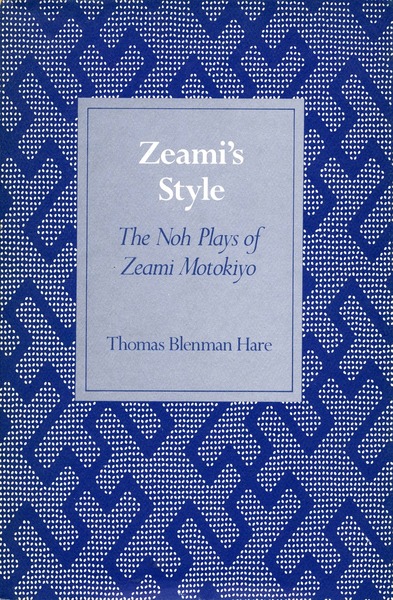
1986
336 pages.
$35.00
Paperback ISBN: 9780804726771
Ebook ISBN: 9780804766289
This is the first full-length study of Zeami Motokiyo (1363–1443), generally recognized as the greatest playwright of Japan's classical Noh theater. The book begins with a biography based on the known documents relating to Zeami's life. It then examines the documentary evidence for authorship and explains the various technical aspects of Noh. Subsequent chapters explore the role of the old man in noh (particularly in the play Takasago), as well as Zeami's plays about women and warriors, with primary attention to Izutsu and Tadanori. The book concludes with a general discussion of Zeami's style and the relationship between his dramatic theory and his plays.
About the author
This is the first full-length study of Zeami Motokiyo (1363–1443), generally recognized as the greatest playwright of Japan's classical Noh theater. The book begins with a biography based on the known documents relating to Zeami's life. It then examines the documentary evidence for authorship and explains the various technical aspects of noh. Subsequent chapters explore the role of the old man in noh (particularly in the play Takasago), as well as Zeami's plays about women and warriors, with primary attention to Izutsu and Tadanori. The book concludes with a general discussion of Zeami's style and the relationship between his dramatic theory and his plays.
"An important contribution to study of the noh theater, and those interested in the noh or seriously working that stretch of the scholarly street are sure to find it required reading."
—Journal of Asian Studies
"Superior. . . . The book offers several things heretofore unavailable in English: as detailed a biography as the scant documentation allows, an analysis of the changes in Zeami's theories over the course of his long life, and excellent analyses and translations of several plays."
—Journal of Japanese Studies